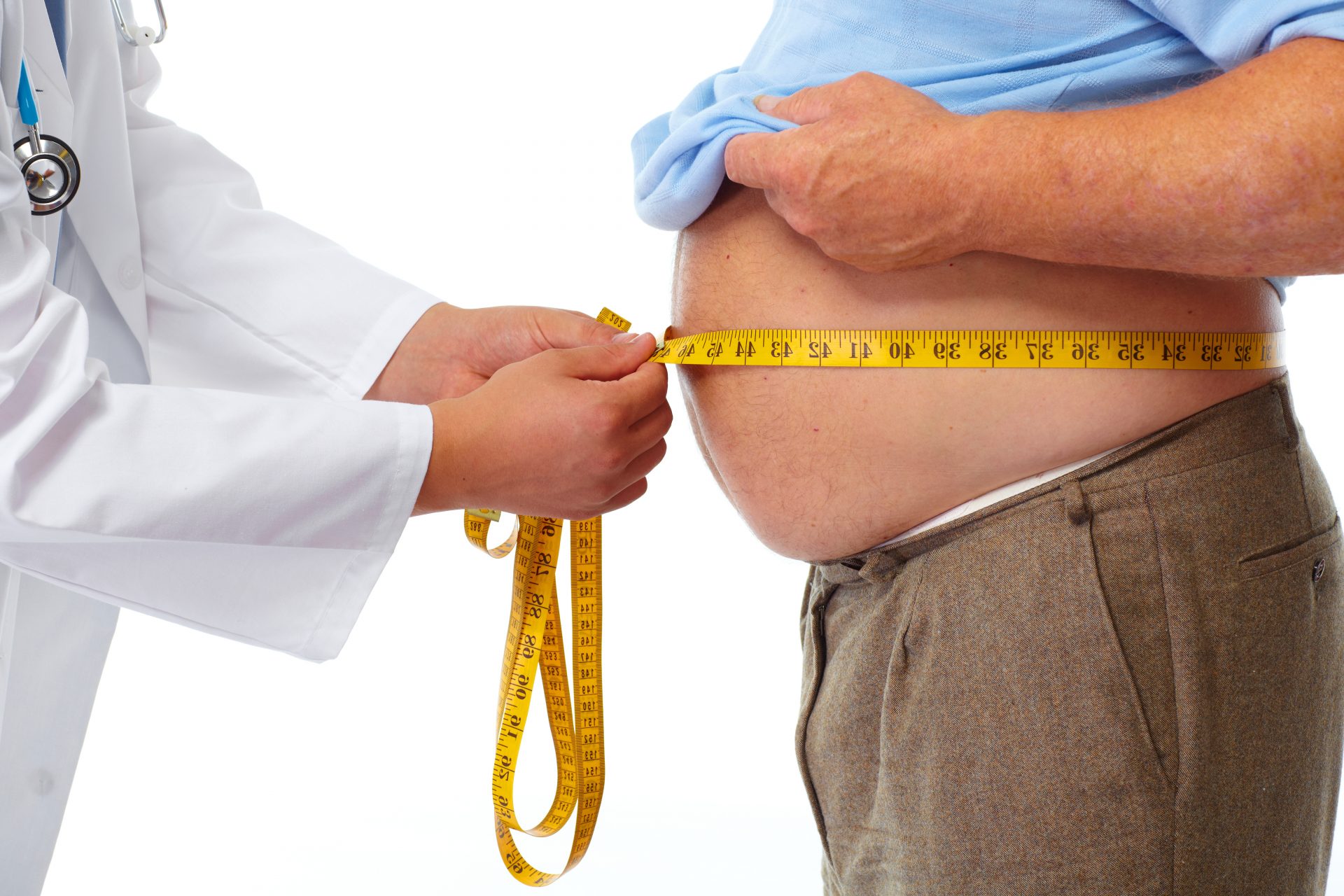
The Human Papilloma Virus (HPV) and Cervical Cancer
- September 5, 2022

Dr. Chua Hshan Cher
FAMILY PHYSICIAN
Phoenix Medical Group
Dr. Chua Hshan Cher heads Livingstone Health's family medicine segment. He has more than 17 years of clinical experience.
Dr. Chua completed his hospital rotations in various departments including internal medicine, adult and pediatric emergency, dermatology, family medicine and psychiatry.
- Family medicine
- Reading Time: 7 minutes
- cancer, lifestyle, vaccines
Share with others
According to the Singapore Cancer Registry, cervical cancer is the tenth most common female cancer in the country. Indeed, every year, an average of 200 women nationwide are diagnosed with this slow growing but potentially life-threatening disease. The culprit – the Human Papilloma Virus (HPV).
What is HPV?
HPV is a common virus that can affect different parts of the body, including the genitals. More than a hundred strains of HPV exist and amongst them, more than 30 strains are known to affect the genitals – a common sexually transmitted viral infection.
This means that it is possible to contract the virus by having oral, anal or vaginal sex with an infected individual. The initial phases of a HPV infection are often characterised by the presence of warts most commonly in the genital region, and occasionally on the tongue, feet, elbows or hands, with no other discernible symptoms. These warts usually appear as a small bump or group of bumps which vary in size and shape.
HPV infection can also be transmitted non-sexually – these are not associated with genital warts and cervical cancer. Instead, these usually show up on the soles of our feet, otherwise known as verrucas or plantar warts. In these cases, the virus enters through tiny cuts or breaks on the bottom of the feet, and they thrive in warm and moist environment such as bathrooms, changing room of gyms and swimming pools.
At this juncture, you might already be downplaying the severity of HPV. Warts appear to be a cosmetic issue and cause minor discomfort. Why bother with immediate treatment or vaccination? You would be partially wrong in this regard.
While most HPV infections are brought under control by your body’s immune system, almost all cases of cervical cancer are brought about by the HPV virus. A persistent HPV infection can give rise to an increased risk of cell mutation, with groups of healthy cells morphing into precancerous lesions or full-blown cancer cells.
Treatment of HPV infection
As of today, there is no silver bullet for HPV infection. Nevertheless, as mentioned previously, many HPV infections go away on their own (70% to 90% specifically). Treatment exists merely to alleviate the symptoms of a HPV infection, namely the unsightly warts brought about by the virus. These include cryotherapy (freezing and destroying warts with liquid nitrogen), electrosurgery (burning warts off through use of an electrified needle) and over-the-counter medications and creams.
The HPV Vaccine
How then does one keep the HPV virus, and consequently, cervical cancer at bay? The answer lies in HPV vaccination and regular pap smears.
A vaccine is a preparation most often containing a weakened or killed form of the pathogen it is designed to protect you against. When injected into you, the vaccine primes your immune system to produce the antibodies (think weapons) required to combat that specific infectious agent. Should you encounter the disease again in the future, your body is thus better equipped to mount a swifter and more effective offense, keeping you fighting fit.
Indeed, ever since its approval for use in 2006, the HPV vaccine has proven its effectiveness, reducing global HPV-associated cancer incidence amongst teenage girls by 88% and amongst adult women by 81%.
The vaccine comes in three forms: the 9-valent HPV vaccine, quadrivalent HPV vaccine and bivalent HPV vaccine. Don’t worry if these names sound confusing – these vaccines provide immunity against HPV16 and HPV18, the two variants of the virus which are most likely to cause cancer.
The first dose of HPV vaccine is recommended between the ages of 11-12, though vaccination can be received as early as 9 years old. If the first dose of HPV vaccine is administered before the 15th birthday, only two doses of the vaccine would be needed. However, for individuals who start the vaccine at a later age (15 to 26 years old), three doses would be required.
As is the case with most vaccines, minor side effects may be experienced, although these tend to resolve on their own within the span of a few days. These side effects include redness or swelling in the arm where the shot was delivered, fever, fatigue, as well as muscle or joint pain.
As a caveat, while the HPV vaccine can play an important part in protecting you against cervical cancer, it is not for everybody. Individuals who should not get vaccinated include those who have previously experienced a severe allergic reaction to the HPV vaccine, those who are allergic to yeast or women who are pregnant.
Alternatives to the HPV Vaccine
For individuals that fall into the above categories, alternatives to the HPV vaccine do exist. The use of barrier contraceptives such as diaphragms and cervical caps to block the transmission of STIs is one such option if you happen to be sexually active.
Coupled with regular screening in the form of a pap smear if you are between 25 to 29 years of age and have ever had sex, or a more accurate HPV DNA test if you are above 30 years of age and have ever had sex, and you too will be entirely capable of keeping your chances of contracting cervical cancer to a minimum.
Article reviewed by Dr Chua Hshan Cher, Family Physician and Head of Family Medicine at Phoenix Medical Group.






